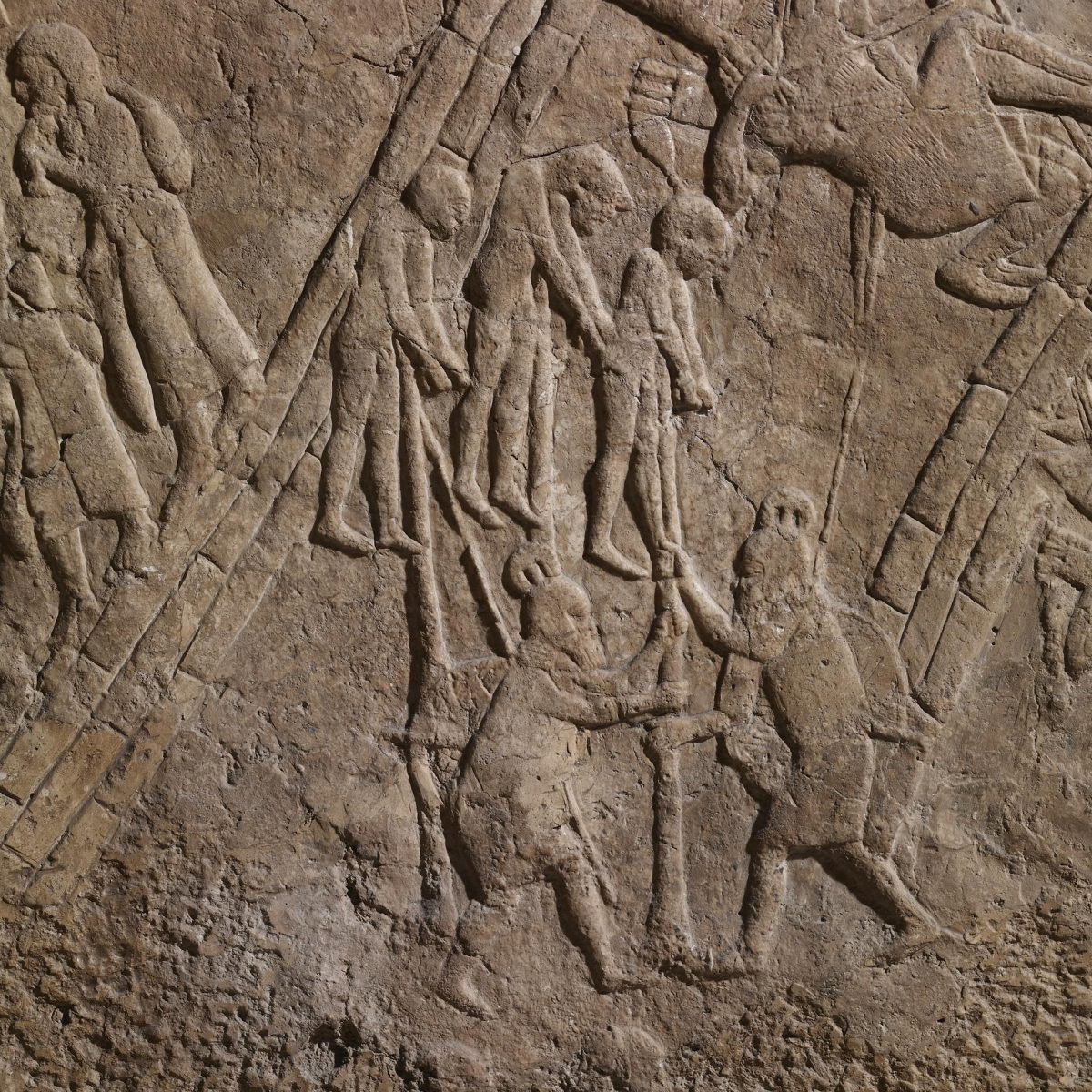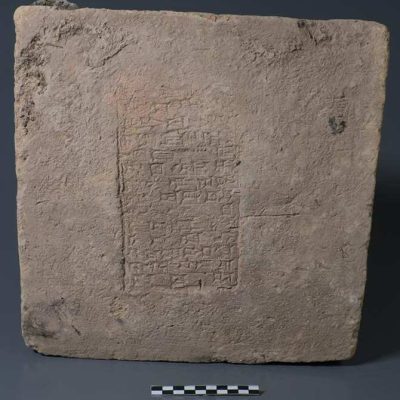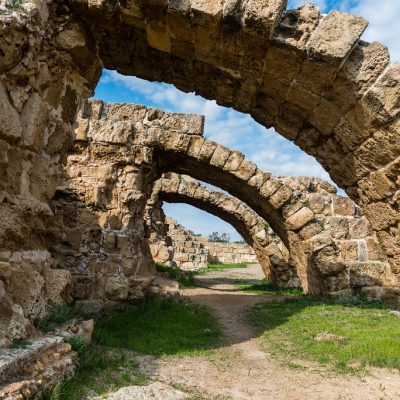For the first time, evidence of a crucifixion has been discovered in England. Crucifixion was one of the most brutal forms of execution in the Roman Empire, primarily used on non-Romans and slaves. The victim would be whipped and then taken to the execution site, where their arms would be tied and nailed to a horizontal beam. Their feet and legs would also be fixed with nails or ropes. This form of execution was rare, according to historical documents. However, archaeologists from Albion Archaeology and the University of Cambridge have found evidence of crucifixion in an ancient Roman settlement near Fenstanton, on the old Roman road Via Devana between Cambridge and Godmanchester.
During excavations, the archaeologists found 40 graves from the second to fourth centuries, mostly containing wealthy Romans. However, one grave was unusual. It contained a 25 to 35-year-old man who was buried on a wooden stretcher, surrounded by long nails. After cleaning the skeleton, osteoarchaeologist Corinne Duhig discovered a five-centimeter nail in the man’s heel bone. Duhig believes that the nail was driven into the man’s foot while he was still alive, as evidenced by a small dent near the nail, indicating a failed attempt. This is proof that the man was crucified. The nail alone is not conclusive evidence, but combined with other circumstances, it is the most likely explanation. The thinning of the leg bones also suggests that the man was bound for a long time before his death.
This discovery is the first archaeological evidence of crucifixion in Roman Britain. Kasia Gdaniec from the Cambridgeshire County Council explains that burial practices varied greatly during the Roman period, and mutilations have been found before, but never a crucifixion. Only four archaeological examples of crucifixion have been found so far, and Duhig believes that this is the best-preserved evidence of this type of execution. It is unclear why the man was buried in a normal grave with other Romans after his crucifixion, as crucified individuals were usually buried elsewhere without the nails used in the execution.










